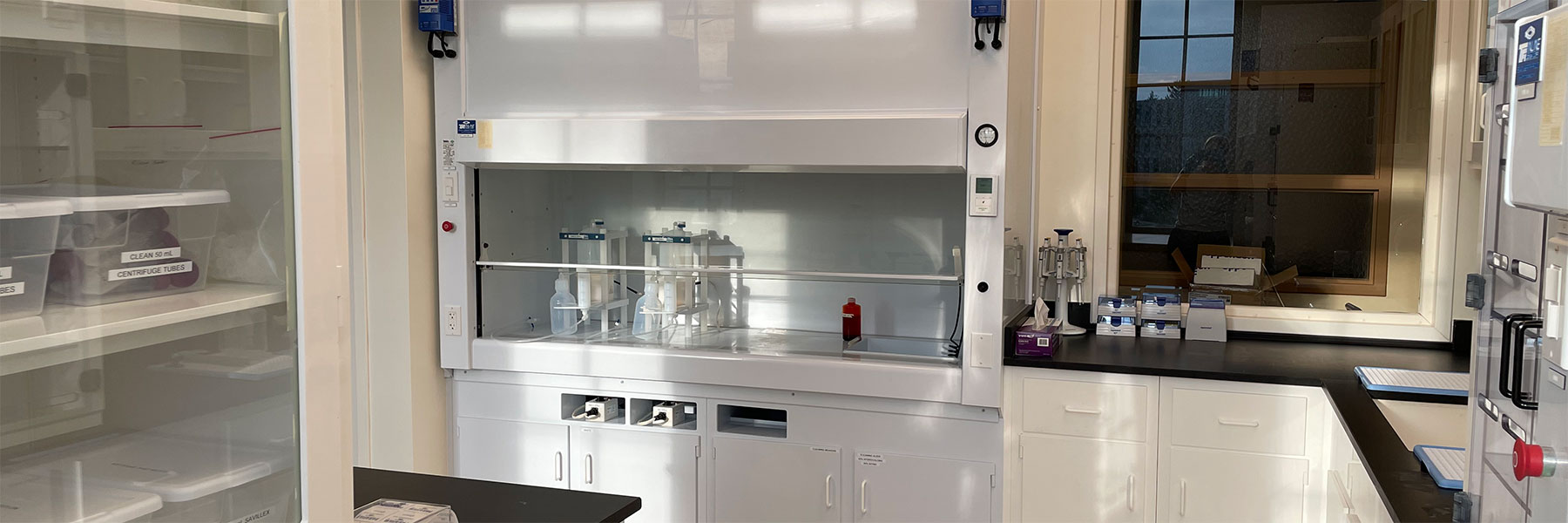Metal Isotope Research
The current global demand for mineral commodities is at an all-time high and is projected to further increase over the coming decades. This increase is primarily driven by an ongoing energy transition, from non-renewable sources to renewable, clean energy applications such as wind, geothermal, and solar power. However, even with this vital dependency, major questions remain regarding the control on metal deposition, the source of enrichment, and the role of overprinting processes, such as surface remobilization or hydrothermal alteration.


